WASHINGTON — A Pentagon video celebrating the Trump administration’s push for U.S. drone supremacy was briefly pulled this week after it featured Metallica’s “Enter Sandman” without permission — a misstep that’s raising ethical concerns within the drone and UAS industry.
Originally posted to X on Thursday, the video shows Defense Secretary Pete Hegseth receiving a executive memo delivered by a Skydio X10D before signing it on camera and declaring, “We’re in the fight. We’re in the fight to win it.” The clip promoted efforts to enforce Executive Order 13981, aimed at revitalizing domestic drone production and reducing dependence on foreign-made systems — namely those from China.

But the Pentagon’s use of a copyrighted soundtrack appears to have bypassed the very type of legal scrutiny it demands from private sector drone companies.
Metallica Objects, Video Removed
The defense department confirmed it was contacted by platform representatives about the copyright violation, which led to the video’s takedown and re-upload without the music. A spokesperson said the edit was made “out of respect for copyright” and the issue resolved.
A representative for Metallica told Rolling Stone the band never authorized the use of their 1991 hit in the government production. Known for aggressively defending their rights — notably in their 2000 lawsuit against Napster — Metallica also previously asked that their music not be used in military operations, including detainee interrogations.
Not everyone supported Metallica’s decision. On X, some users criticized the band’s move as unpatriotic, accusing them of undermining the military and placing profits over patriotism. The backlash reflects a broader culture war dynamic, where intellectual property rights clash with nationalistic sentiment.
A Double Standard on Compliance?
The incident is striking for many in the unmanned systems industry, especially as the Department of Defense pushes U.S. companies to meet rigorous NDAA and Blue sUAS Framework standards. The same agencies that prohibit the use of Chinese-made DJI and other foreign-manufactured drones on national security grounds are expected to model ethical compliance — including with intellectual property.
“If you’re mandating that drone companies build from the ground up with strict sourcing, licensing, and cybersecurity standards — and then your own department cuts corners on basic copyright law — that’s a serious credibility gap,” said a UAS compliance advisor familiar with the matter.
U.S. drone startups, many of whom are already navigating a fragmented supply chain and tight federal requirements, say the rules should be consistent and transparent — not selectively enforced based on who’s issuing the memo.
Optics and Oversight
Beyond the legal implications, the episode underscores the optics problem faced by the defense sector as it tries to reposition the U.S. as a leader in drone manufacturing. Critics say that cutting legal corners for the sake of a promotional video undermines the very authority behind the push for secure and ethical unmanned technology.
As the domestic drone industry continues to expand, with billions in federal investment, maintaining ethical discipline across all aspects — from procurement to promotion — will be key to building long-term trust.
For a department demanding high standards from private drone companies, the Metallica takedown is a reminder that compliance, like security, begins at home.
Missing from the Message: Manufacturing
While the Pentagon video emphasized drone dominance and policy posture, it made no mention of how the U.S. lost control of drone manufacturing to China in the first place — or what concrete steps are being taken to rebuild that capacity. The federal government has yet to publicly explain when it effectively ceded the small UAS sector to foreign competitors, nor has it addressed the current lack of domestic factories, tooling, or supply chain infrastructure. Meanwhile, many of the U.S. drone firms being promoted have offered little detail on how they plan to scale production to meet federal demand without the manufacturing base needed to deliver.

Discover more from DroneXL.co
Subscribe to get the latest posts sent to your email.
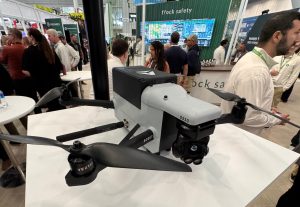

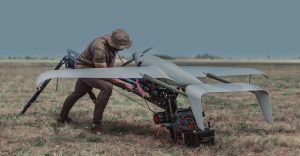


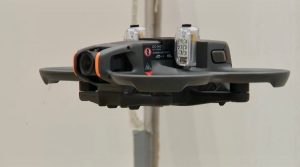
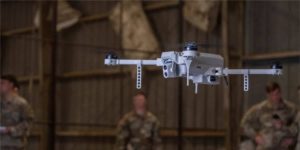
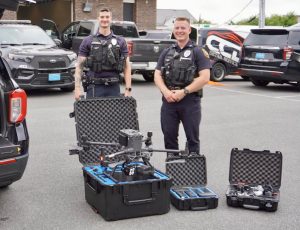

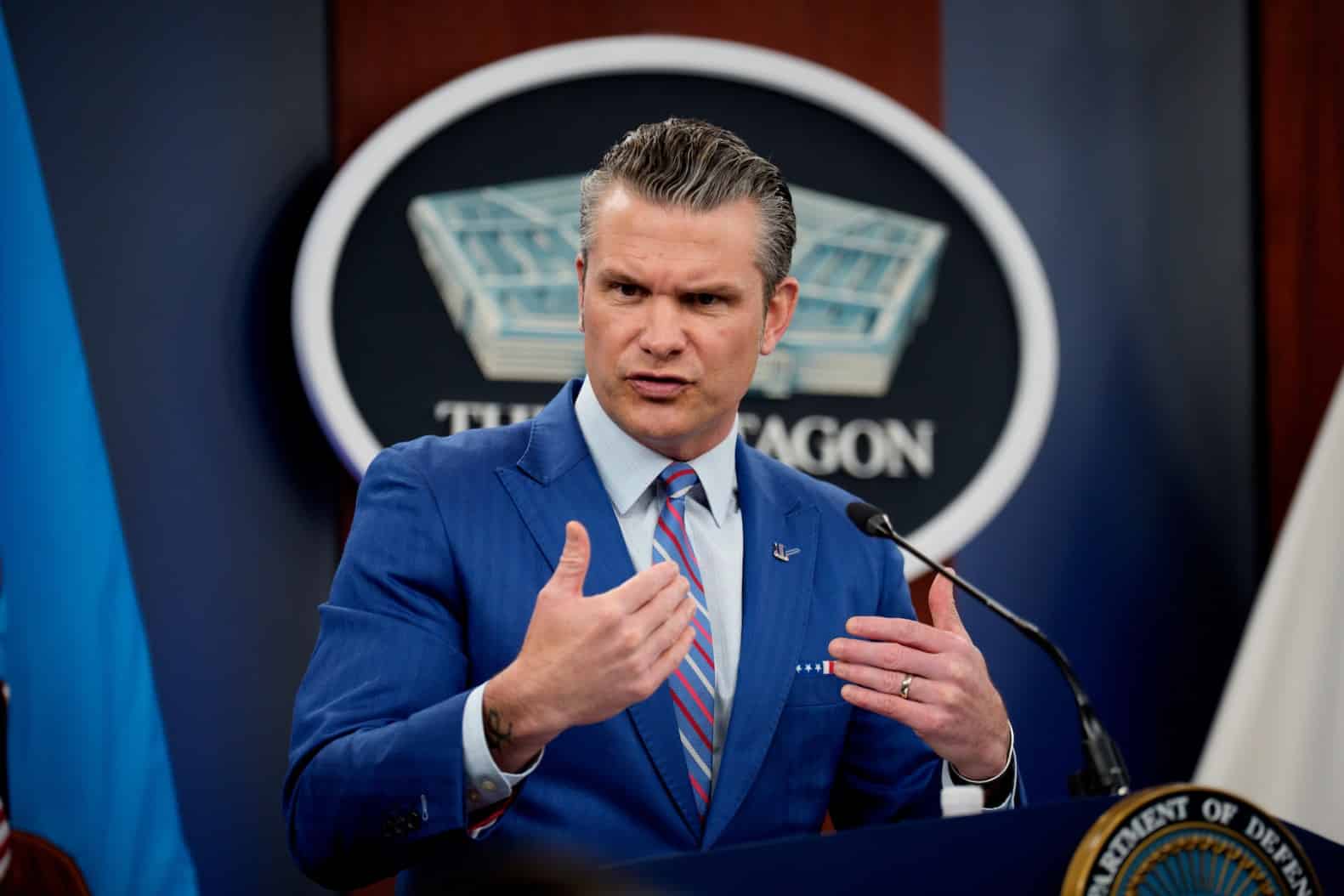
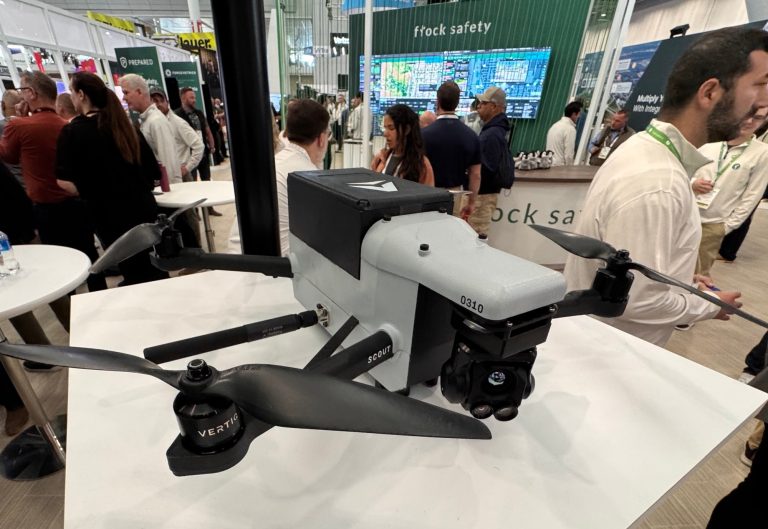
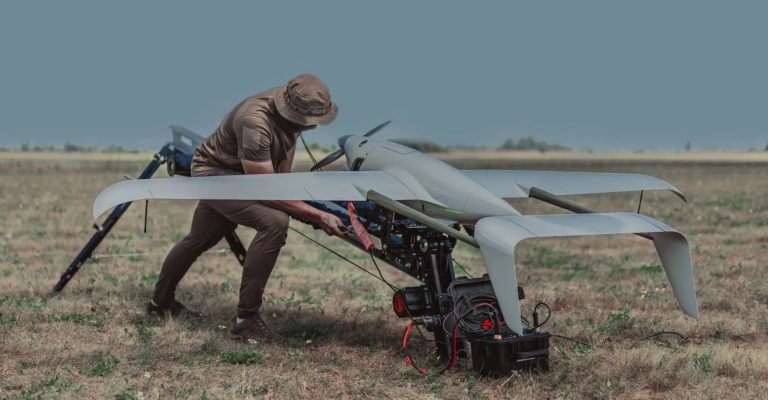
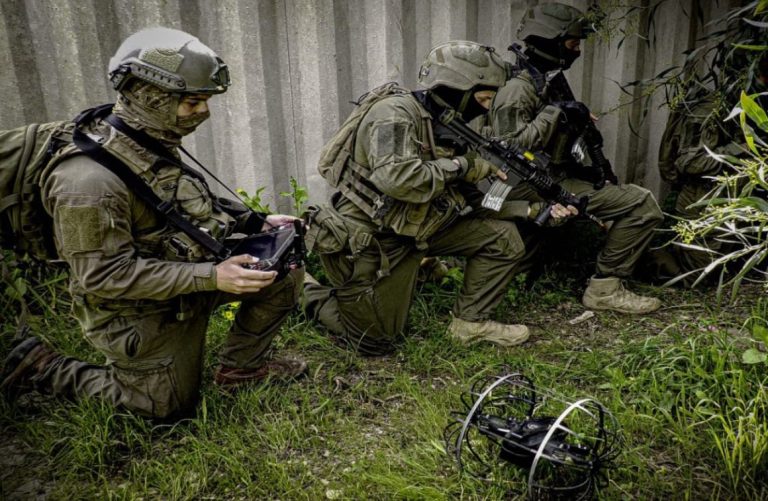
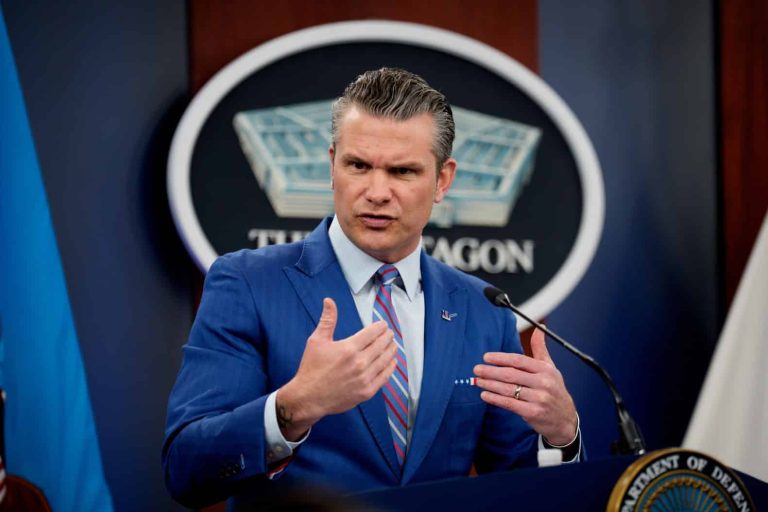

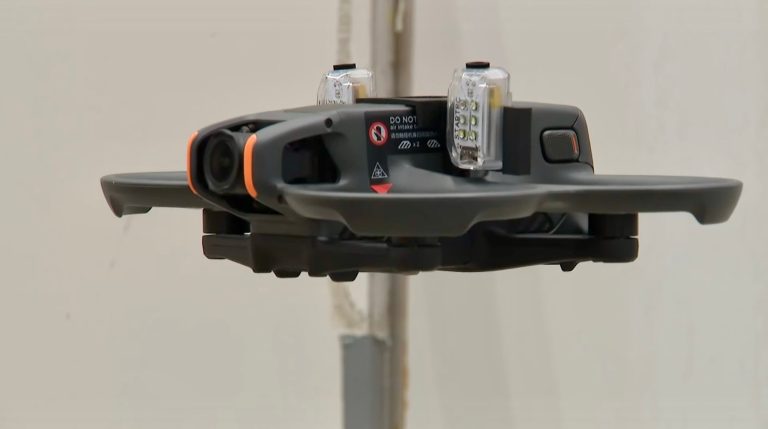
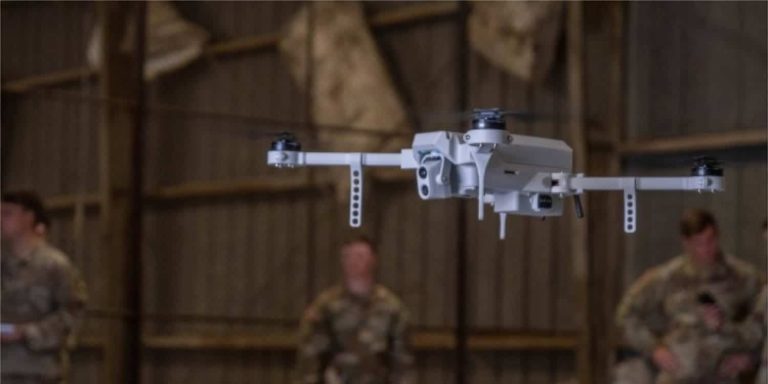
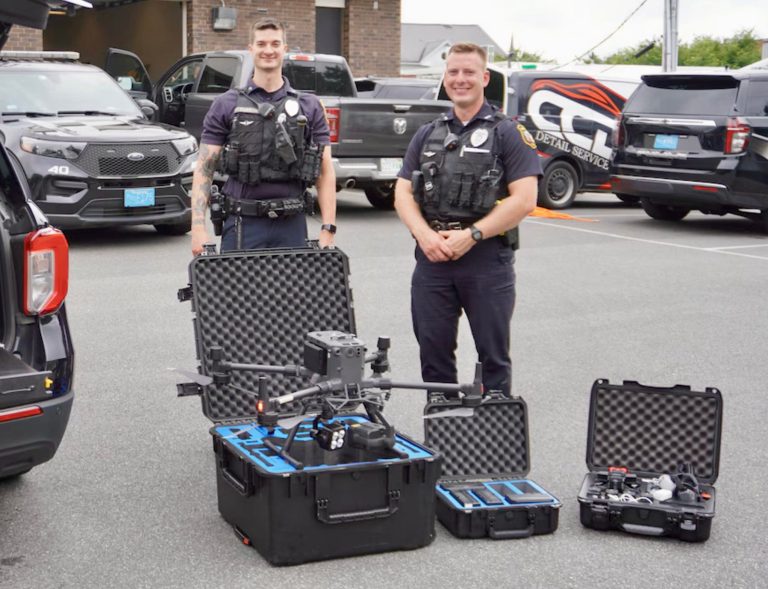
+ There are no comments
Add yours